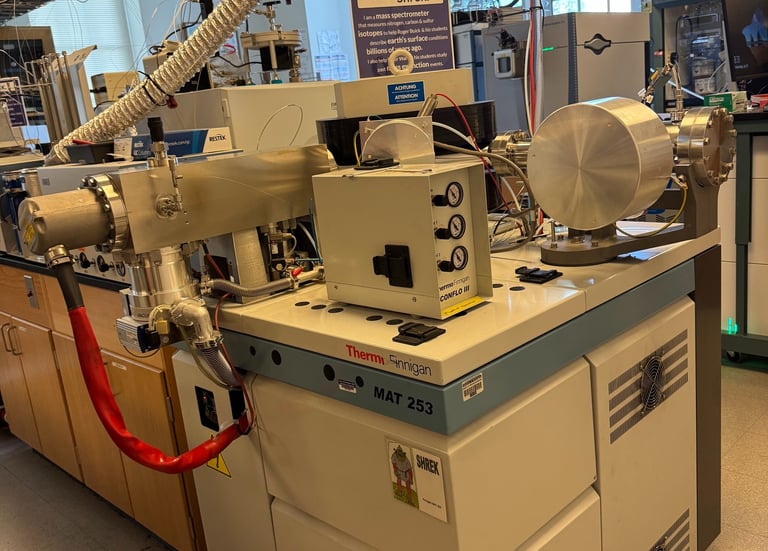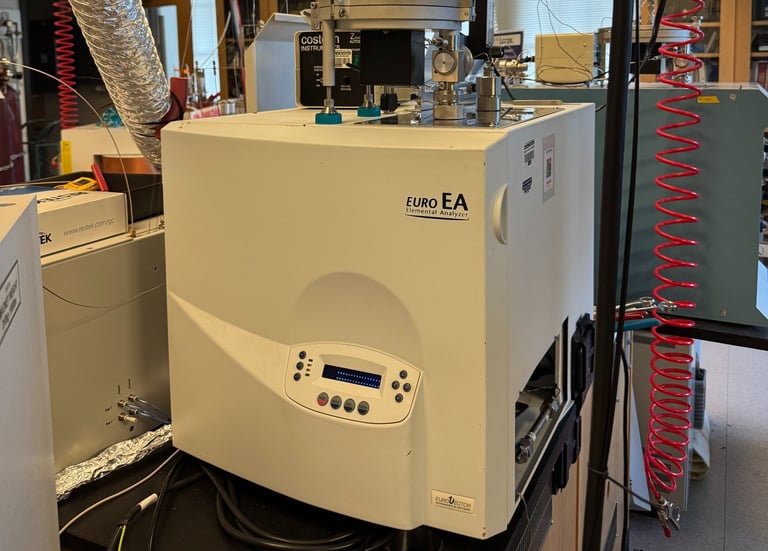
Stable Isotopes in Ecology
Stable isotopes are non-radioactive forms of elements—such as carbon (¹²C and ¹³C) and nitrogen (¹⁴N and ¹⁵N)—that differ in the number of neutrons in their nuclei. Although chemically similar, these isotopes behave slightly differently in biological systems. That small difference allows us to extract meaningful ecological information from animal tissues. By measuring the ratios of heavier to lighter isotopes in tissues like muscle, shell, or bone, we can uncover clues about an organism’s diet, physiology, habitat use, and movement over time.
Unlike observational studies or tracking devices, stable isotope analysis offers a time-integrated view of an animal’s ecological history. It’s a way of reading the chemical traces left behind by daily life—what an organism has eaten, where it’s been, and how it fits into its ecosystem. In marine systems, where direct observation is often limited, this approach is especially powerful. It allows researchers to study cryptic, mobile, or deep-dwelling species like cephalopods in a non-invasive and scalable way.
My research uses stable isotope analysis to investigate the ecology and evolution of chambered cephalopods, including living groups like Nautilus and Sepia, as well as extinct groups like ammonites. I analyze carbon (δ¹³C) and nitrogen (δ¹⁵N) isotope ratios in tissue and shell samples to estimate trophic level, dietary breadth, and metabolic traits. In particular, I apply a comparative approach using existing metabolic proxies like Cmeta to ask how different species process energy and whether these physiological differences may have shaped their survival or extinction over evolutionary timescales.
To visualize and quantify isotopic niches within and between populations, I often use a statistical tool called SIBER—the Stable Isotope Bayesian Ellipses in R. This R package allows researchers to model the “isotopic space” that species occupy by plotting δ¹³C and δ¹⁵N values and calculating niche width as a standard ellipse area. It’s especially useful for comparing how populations differ in their ecological roles, whether across geography, time, or environmental conditions. Because SIBER incorporates Bayesian inference, it can also account for uncertainty and replicate structure in a rigorous way.
Whether examining niche overlap between nautiloid populations or estimating shifts in trophic level across ecosystems, stable isotope analysis gives us a lens into the ecological past—and a framework for asking new questions about how life adapts to change. If you’re interested in exploring these approaches in your own work, I’d love to connect.



